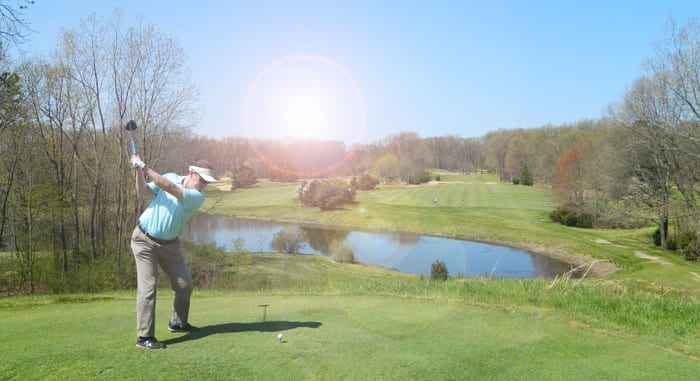
 One of the great things about playing golf is being able to feel the warmth of sun while enjoying nature. One of the dangers of playing golf is enjoying too much sun and not protecting your skin from its harmful rays.
One of the great things about playing golf is being able to feel the warmth of sun while enjoying nature. One of the dangers of playing golf is enjoying too much sun and not protecting your skin from its harmful rays.
Every time you expose your skin to the sun, your risk for skin cancer goes up. It’s estimated that one in five Americans will develop skin cancer in their lifetime and those odds go up significantly for golfers.
Each year there are more new cases of skin cancer than combined cases of breast, prostate, lung and colon cancer. According to the American Cancer Society, about 3.3 million basal and squamous cell skin cancers are diagnosed in America each year with an estimated 87,000 new cases of melanoma predicted for next year.
Skin Cancer Categories
There are two categories of skin cancer, melanoma and non-melanoma. The most dangerous form of skin cancer is melanoma because it often grows and spreads. Melanoma can develop anywhere on the skin, but it primarily starts on the chest and back in men and on the legs in women. The neck and face are other common areas for melanoma.
About 96% of all new cases of skin cancer each year are non-melanoma. The general term non-melanoma includes several sub-categories of skin cancers, with most common being basal cell carcinoma and squamous cell carcinoma. These cancers are most often found in areas exposed to the sun, such as the head, neck and arms. These are common locations for golfers, but thankfully they are also usually very treatable.
No Such Thing as a “Base Tan”
A common belief is golfers should develop a “base tan” either before the season or for a trip to a warmer client to help avoid getting sunburn. While that theory sounds reasonable, it is entirely false.
According to Dr. Peter Katz, a board-certified dermatologist with Forefront Dermatology, “there is no such thing as a healthy or safe tan. Tanned skin is a result of damage to the skin cells, your skin producing pigment in response to UV damage in an attempt to protect itself. Over time, the damaged skin cells can lead to wrinkles, age spots, premature aging and even skin cancer.”
Your Risk Factors
As you get older, your chance of getting melanoma increases. However, melanoma is also one of the most common cancers in young adults ages 25 to 29. Here are some additional risk factors that can increase your chances of getting melanoma.
• Light-colored skin, hair and eyes
• History of sunburns
• People with moles or abnormal moles
• Family history of skin cancer
• Excessive sun exposure
• Weakened immune system
Focus on Prevention
If you’re going to play golf, be sure to include the application of a broad-spectrum UVA/UVB sunscreen with an SPF of 30 or higher application as part of your pre-round preparation. Sunscreen is necessary even if it’s a cloudy day. UVA rays, which can still reach your skin on cloudy days, penetrate deeper into the skin, causing wrinkles and potentially skin cancer.
When you’re waiting on the golf course, try to find shade whenever possible, especially during the peak sun exposure time between 10 AM and 4PM. Wear clothing that is designed to block the sun’s damaging rays and wear a hat and sunglasses to protect your head, neck and eyelids.
Early Detection Saves Lives
Early diagnosis of melanoma can often be the difference between life and death. If a melanoma is caught in stage one, the 5 year survival rate is 97%, according to the American Cancer Society. If melanoma is caught late, survival rates can drop to as low as 15%.
If you play golf throughout the summer, monthly self-skin checks and yearly skin exams by your local dermatologist are a must. In fact, many board-certified dermatologists offer free skin cancer screening opportunities, especially in May, which is Skin Cancer Awareness month.
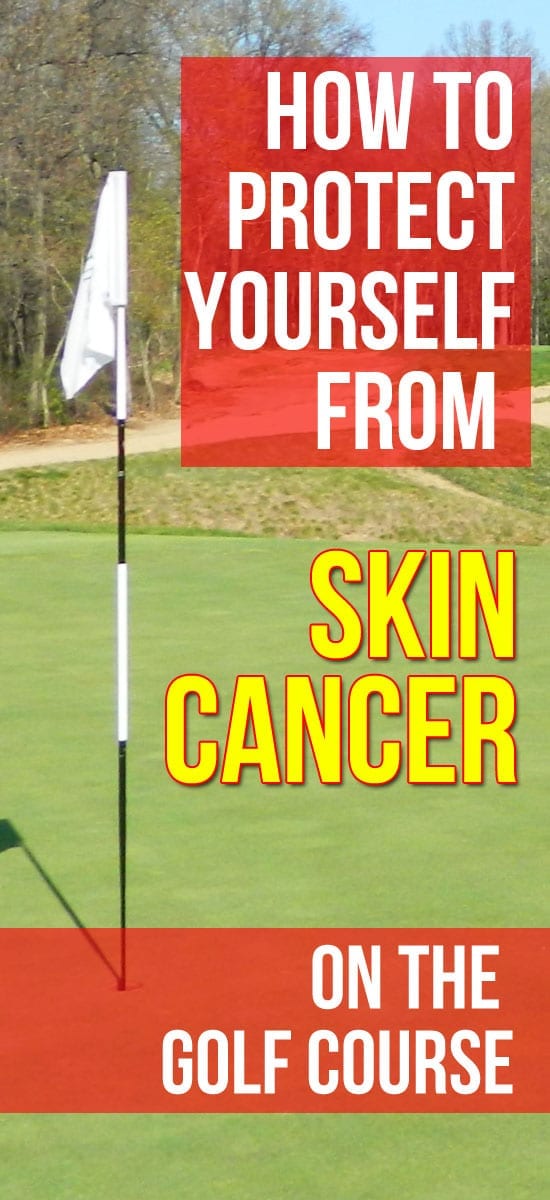



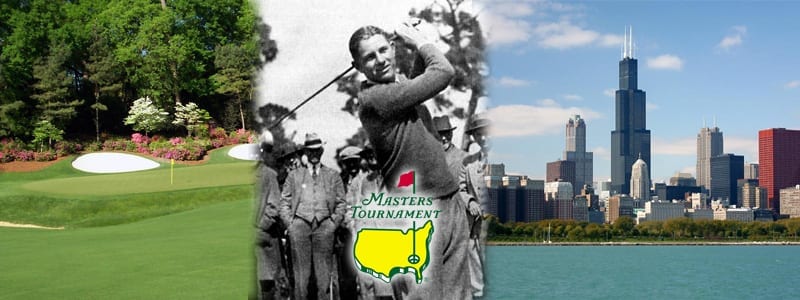
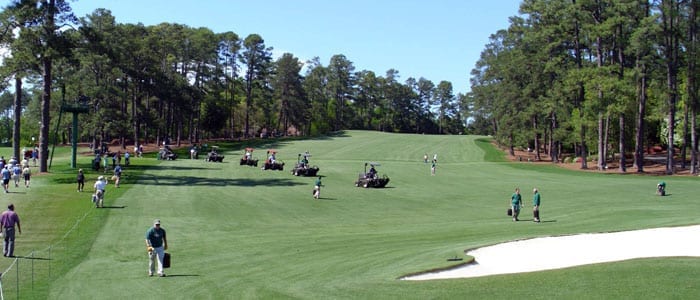
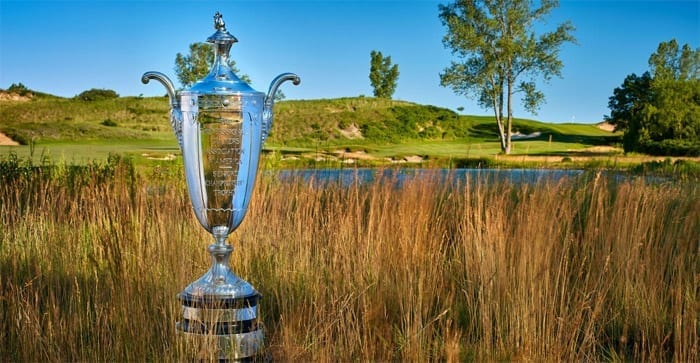
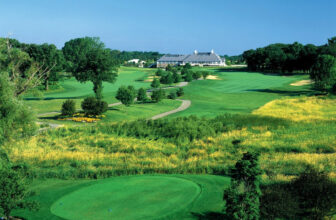

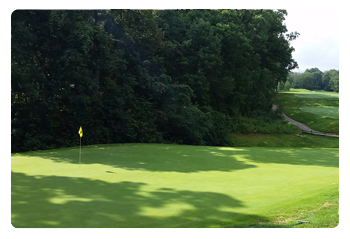 Find a Golf Course
Find a Golf Course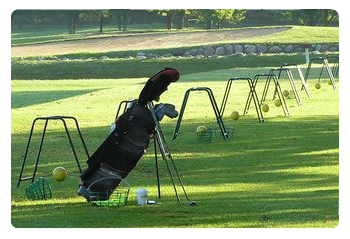 Find a Driving Range
Find a Driving Range Find a Topgolf
Find a Topgolf Find a Golf Instructor
Find a Golf Instructor